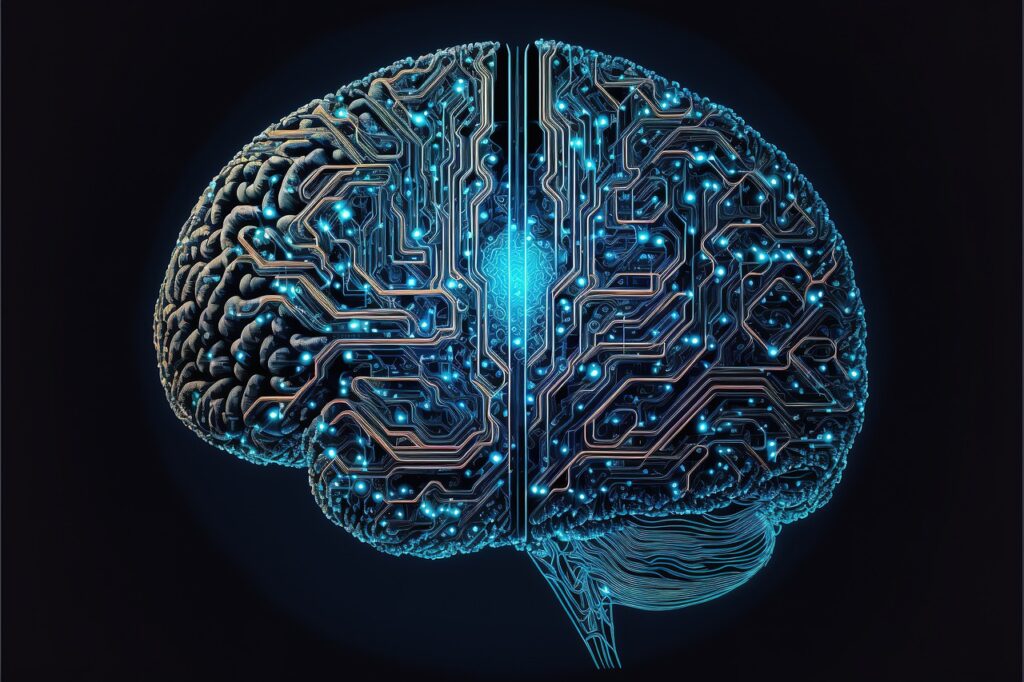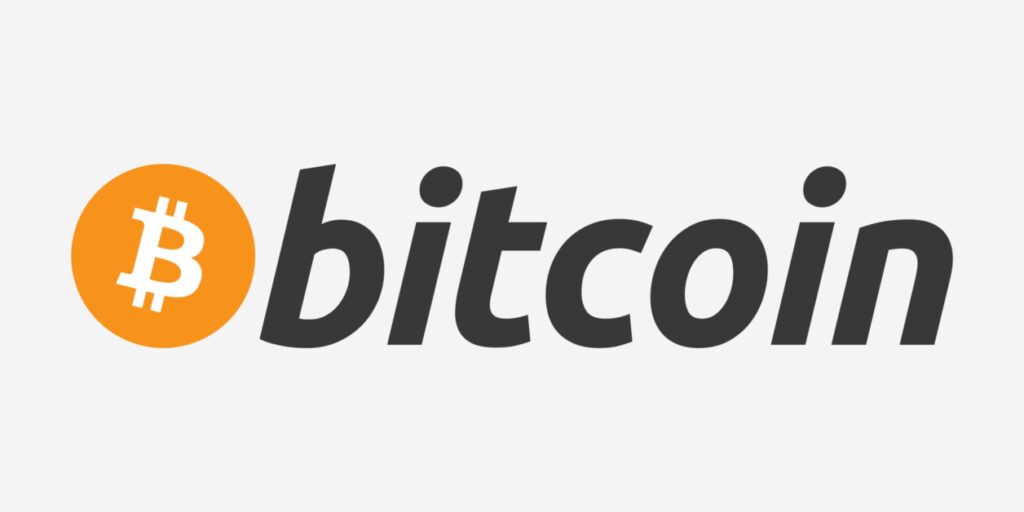Web 3.0, also known as the “Semantic Web” or the “Decentralized Web,” is considered the next evolution of the internet. It represents a paradigm shift from the current centralized web to a more decentralized, user-centric, and interoperable web. In this article, we will delve into the concept of Web 3.0 and explore its potential implications for the future of the internet.
Web 3.0 is characterized by several key concepts, including decentralization, interoperability, and user empowerment. One of the main pillars of Web 3.0 is decentralization, which involves the use of blockchain technology and other distributed technologies to create a more open, transparent, and censorship-resistant web. In a decentralized web, data is stored across multiple nodes or computers, eliminating the need for a single central authority to control or validate information. This allows for greater user privacy and control over personal data, as well as reducing the risk of data breaches and manipulation.
Interoperability is another important aspect of Web 3.0. It involves the ability of different systems, applications, and platforms to communicate and interact with each other seamlessly. This allows for data and information to flow freely between different parts of the web, enabling new possibilities for innovation and collaboration. Interoperability also enables the creation of decentralized applications (dApps) and smart contracts, which can operate independently without relying on a central intermediary.
User empowerment is a fundamental principle of Web 3.0, aiming to give users more control over their online experience. In a Web 3.0 environment, users can own and control their data, decide how and where their data is shared, and even monetize their data through decentralized marketplaces. This shift towards user-centricity aims to democratize the internet and empower individuals to have greater control over their digital lives.
The potential implications of Web 3.0 are vast and far-reaching. It has the potential to revolutionize various industries, including finance, e-commerce, social media, healthcare, education, and more. For example, in the financial industry, Web 3.0 can enable decentralized finance (DeFi) applications that provide financial services without the need for traditional intermediaries, such as banks. In e-commerce, Web 3.0 can disrupt traditional online marketplaces by enabling peer-to-peer transactions and eliminating the need for intermediaries. In social media, Web 3.0 can empower users to have greater control over their data and redefine the dynamics of social networks.
However, Web 3.0 also presents challenges and potential risks. Regulatory and legal issues, such as data privacy, security, and intellectual property rights, may arise in a decentralized web. Technical challenges, such as scalability, interoperability, and user experience, need to be addressed to achieve widespread adoption of Web 3.0 technologies. Additionally, there may be social and ethical implications, such as the potential impact on employment, inequality, and digital divide.
In conclusion, Web 3.0 represents a paradigm shift in the evolution of the internet, with its emphasis on decentralization, interoperability, and user empowerment. It has the potential to revolutionize various industries and transform the way we interact with the web. However, it also presents challenges that need to be addressed for its successful implementation. As Web 3.0 continues to evolve, staying informed and understanding its potential implications will be crucial for navigating the future of the internet.


